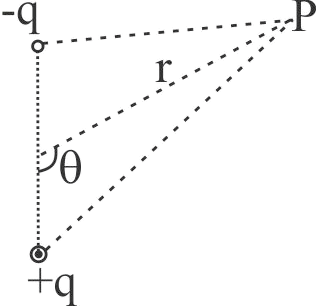359331
Match the entries of Column I and Column II
Column I
Column II
A
Inside a conductor placed in an external electric field
P
Potential energy = 0
B
At the centre of a dipole
Q
Electric field = 0
C
Dipole in stable equilibrium
P
Electric potential = 0
D
Electric dipole perpendicular to uniform electric field
S
. Torque = 0
359331
Match the entries of Column I and Column II
Column I
Column II
A
Inside a conductor placed in an external electric field
P
Potential energy = 0
B
At the centre of a dipole
Q
Electric field = 0
C
Dipole in stable equilibrium
P
Electric potential = 0
D
Electric dipole perpendicular to uniform electric field
S
. Torque = 0
359331
Match the entries of Column I and Column II
Column I
Column II
A
Inside a conductor placed in an external electric field
P
Potential energy = 0
B
At the centre of a dipole
Q
Electric field = 0
C
Dipole in stable equilibrium
P
Electric potential = 0
D
Electric dipole perpendicular to uniform electric field
S
. Torque = 0
359331
Match the entries of Column I and Column II
Column I
Column II
A
Inside a conductor placed in an external electric field
P
Potential energy = 0
B
At the centre of a dipole
Q
Electric field = 0
C
Dipole in stable equilibrium
P
Electric potential = 0
D
Electric dipole perpendicular to uniform electric field
S
. Torque = 0
359331
Match the entries of Column I and Column II
Column I
Column II
A
Inside a conductor placed in an external electric field
P
Potential energy = 0
B
At the centre of a dipole
Q
Electric field = 0
C
Dipole in stable equilibrium
P
Electric potential = 0
D
Electric dipole perpendicular to uniform electric field
S
. Torque = 0

